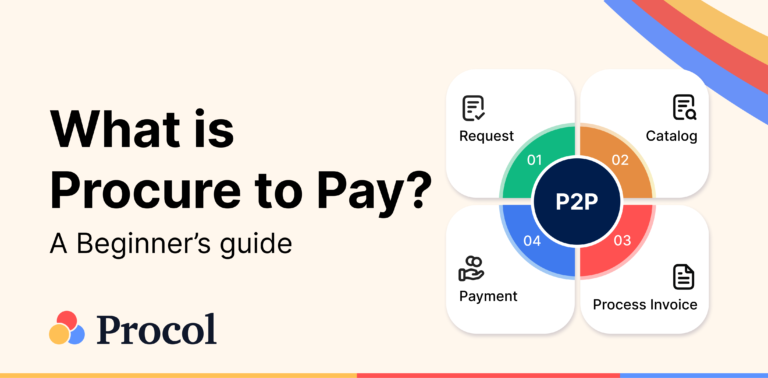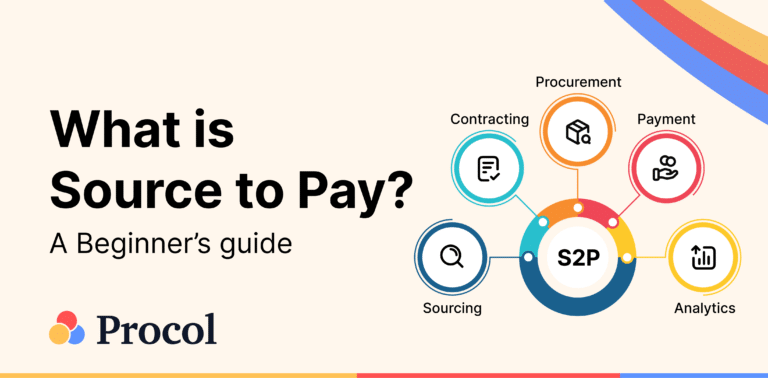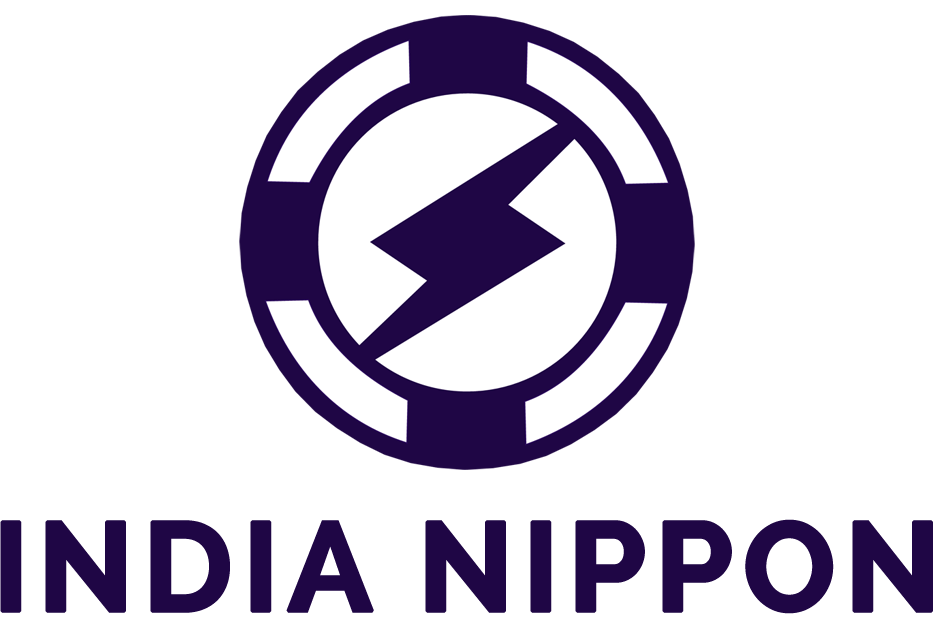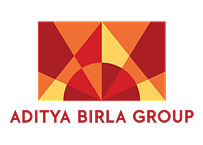What is Dutch eAuction ?
A sort of auction in which an item’s price is reduced until a bid is received is also referred to as a Dutch auction. The price starts low and then rises as bidders battle with one another to be the winning buyer in traditional auction marketplaces. If the price is higher than the reserve price, the first bid is successful and results in a sale. Investors submit a bid in this kind of auction for the quantity and price of the goods they are willing to purchase.
Types of Dutch Auction
- First-Bid-Wins
The seller controls both Dutch auction variations. Before the auction begins, the seller establishes a fixed reserve price as a safeguard against value loss. The price then starts at the highest buying point feasible at the commencement of the auction. The price then gradually decreases until a buyer agrees to the deal. The first bidder won the Dutch auction, assuming the price hadn’t fallen below the reserve price.
This Dutch auction type is more conventional and less competitive than what we would consider regular auctions, which pit buyers against one another until the best price prevails.
- Batching Dutch Auction
A market structure type of auction is the second kind of Dutch auction. In this scenario, the selling price of a good or service is decided after the seller has seen all of the submitted offers. The cost of the entire batch or bundle of goods and services is set at the price point with the highest number of bidders.
In other words, in this kind of Dutch auction, the fair market value of the goods or services is established during the bidding period and applied to the entire amount of the offering.”
